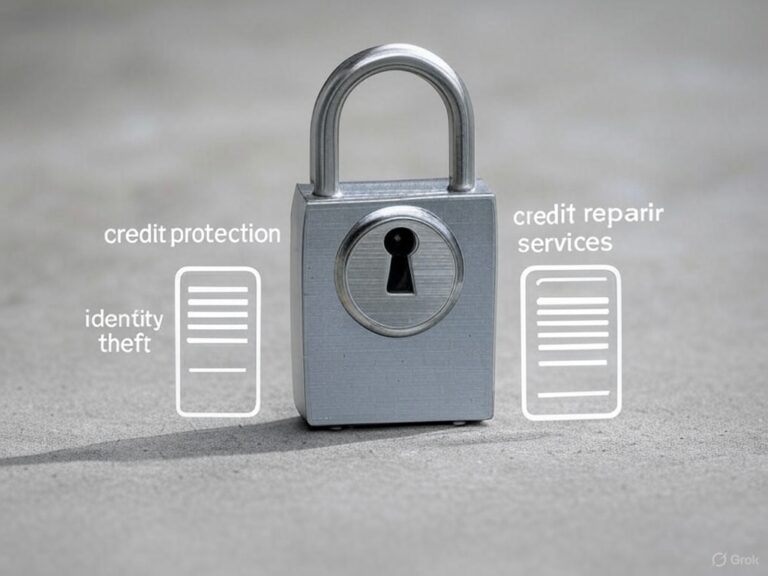There are a multitude of credit scoring models in use today, each with its own unique method for calculating and interpreting a person’s credit score. This variety of models can be confusing for consumers, but there are several reasons why there are so many different models in use.
One reason is that credit scoring models are developed and maintained by different organizations, each with its own unique approach to calculating a person’s credit score. For example, the most well-known credit scoring model is the FICO score, which is developed by the Fair Isaac Corporation. However, there are also other models, such as the VantageScore, which is developed by the three major credit bureaus (Experian, Equifax, and TransUnion).
Another reason for the variety of credit scoring models is that different lenders and financial institutions may use different models when making lending decisions. This means that a person’s credit score may vary depending on which model is used, and a score that is considered good for one lender may not be considered good for another.
Additionally, credit scoring models can be customized for different industries or purposes. For example, there may be a specific credit scoring model that is used for evaluating the creditworthiness of small business owners, or one that is used for determining insurance premiums. These specialized models take into account factors that are specific to the industry or purpose they are designed for.
Overall, the variety of credit scoring models can be confusing for consumers, but they serve important purposes for lenders, financial institutions, and other organizations. By understanding the different models and how they are used, consumers can better manage their credit and improve their credit scores.



